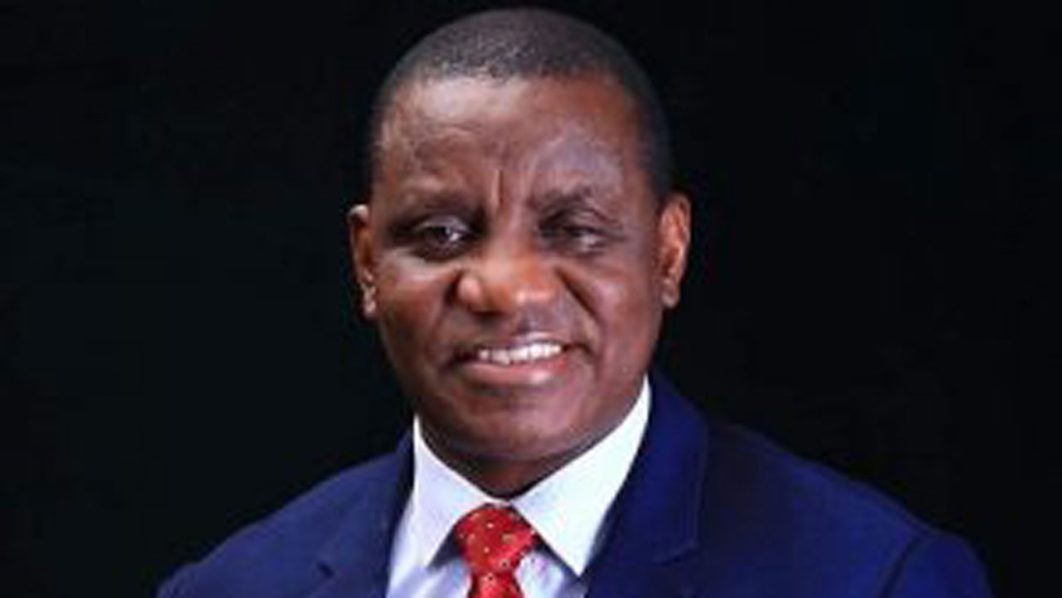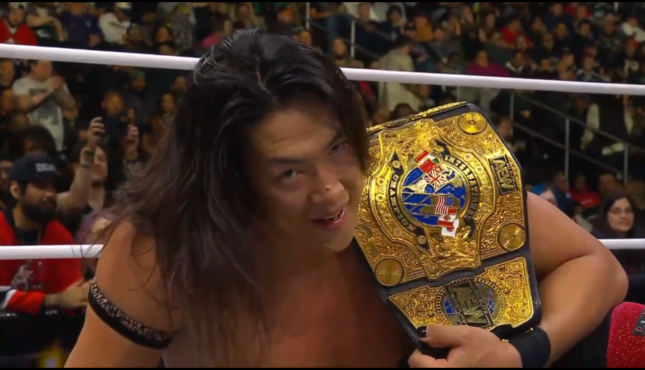
Ngaire Bogemann was in year 12 when the Morrison government announced Now, more than four years later, she’s among hundreds of thousands of students who will have to wait until after the next election for any reprieve on their – despite the policy being as “deeply flawed”, “irrational” and an act of “economic and cultural vandalism”. Earlier this month, the federal government announced that, if it was re-elected next year, it would by 20%, saving the average graduate $5,500. It would also raise the minimum repayment threshold from $54,000 to $67,000.
The 20% cut would be a one off, and apply to about 3 million Australians with an existing debt as of 1 June 2025. Students beginning degrees after this time would not benefit from the tax break, which is estimated to cost about $300m over the forward estimates. But Bogemann, president of the National Union of Students (NUS) and entering her final year of her arts degree at the University of Melbourne, says the election promise is a “band-aid solution” to a .
“They’re acknowledging [student debts] are a burden but not introducing measures to alleviate the problem long term – they’re not going far enough,” she says. “People are almost confused by it ..
. we know it’s not going to be a meaningful change.” The bigger issue, Bogemann says, is Morrison’s and the inequitable pricing of degrees – which means she pays $2,000 for a politics subject and just $500 for her second major, French.
The scheme reduced the overall government contribution to degrees from 58% to 52%, raising student contributions to 48%. It also , to fund cuts incentivising students to study teaching, nursing, maths, science and engineering. “JRG has been an egregious, ,” Bogemann says.
“It didn’t change what I wanted to study, but I see black and white how it’s impacting me. There’s a lot of anxiety among young people, and a lack of student voices driving these changes.” The minister for education, Jason Clare, has hinted further reforms to the costing of degrees will be announced before parliament concludes this year, cementing student debt as a key election issue.
He told Guardian Australia Labor was working to reduce student loan burdens while acknowledging there was “more work to do”. “That’s why we will establish the Australian Tertiary Education Commission to steer further reform here, including providing advice around the setting of course fees,” he says. Peak bodies have welcomed the promised slashing of debt and the raising of the minimum repayment threshold, but questioned why the government has sat a full term in office without touching a scheme that has received universal condemnation from universities, students, academics, and policy experts.
In December last year, the panel handed its final report to Clare, which made a to improve the structure of course fees – including abolishing JRG as “soon as possible”. In its place, it recommended a new higher education funding model that would tie student contributions to “future earnings potential” of each field of study. The greater the anticipated future income, the greater the fee.
Instead of enacting the changes, Labor has tasked the yet-to-be-established ATEC with overhauling JRG, a body recommended in the Accord to be a steward of the tertiary system. The vice-chancellor of Western Sydney University, Prof George Williams, says students couldn’t wait for a “yet to be established ATEC to potentially deal with the high cost of arts and humanities courses”. “We need to fix this unfinished business now .
.. to fix Australia’s broken higher education system,” he says.
“We continue to call for immediate action to deal with the root of the debt spiral problem. The system for setting student fees in the first place is broken and deeply unfair. The fact that a three-year arts degree now costs $50,000 is from considering or staying at university.
” Fourth year arts student at the University of Sydney, Zeina Khochaiche, pays between $1,800 and $2,100 per subject. Her debt is already in excess of $50,000, with another $16,992 expected to come with honours. She says the 20% cut to debt is helpful in theory – but feels like a “last ditch effort” to appeal to university students, and comes with the caveat Labor has to win the election.
“Newly enrolled students aren’t assisted, and arts degrees are still $8,000 a semester,” she says. “It’s not enough.” The chief executive of Universities Australia, Luke Sheehy, says JRG has reduced university funding by about $800m a year, placing institutions under “huge financial strain”.
“We’re calling on the government to consider the overall cost of degrees as a matter of priority,” he says. “We need a funding system that both incentivises more Australians to study and recognises the benefits that a university education brings, regardless of the discipline.” The president of the Australian Historical Association, Michelle Arrow, says cutting student debt does nothing to grapple with underlying problems that “engulf” higher education.
“Over the past 20 years, the average debt for a graduate in their 20s has doubled ...
[and] the largest share of that falls most heavily on those who are poorly placed to pay it off,” she says. “Until the JRG package has been abolished ..
. the Hecs Help system will remain manifestly unfair.” A 2022 found there was “no evidence” making degrees cheaper encouraged students to enrol or complete them, because loans were tied to future income and didn’t need to be paid off immediately.
Similarly, a released this week revealed only 1.5% of university applicants chose their fields as a result of the scheme – moving from humanities, arts, law and business to STEM and teaching. Greens deputy leader and higher education spokesperson, Senator Mehreen Faruqi, has promised to wipe student debt entirely, estimated to cost $74bn over the decade.
When the federal government’s is debated on Monday, Faruqi will push Labor to legislate its pledge to cut 20% of student debt immediately and not wait until after the next election. The measures, announced in the federal budget, would cut about $3bn in student debt by capping the indexation rate for Hecs and Help loans – tying them to whichever is the lower of the consumer price index (CPI) or wage price index (WPI). Amendments put forward by Faruqi will challenge Labor to also legislate the 20% debt relief in the bill.
“There is absolutely no reason to wait to legislate these changes until after the next election,” she says. “It’s frankly irresponsible and cruel to be dangling student debt relief to win votes ..
. when Labor is in government and we have the opportunity and the numbers to do this now.”.














